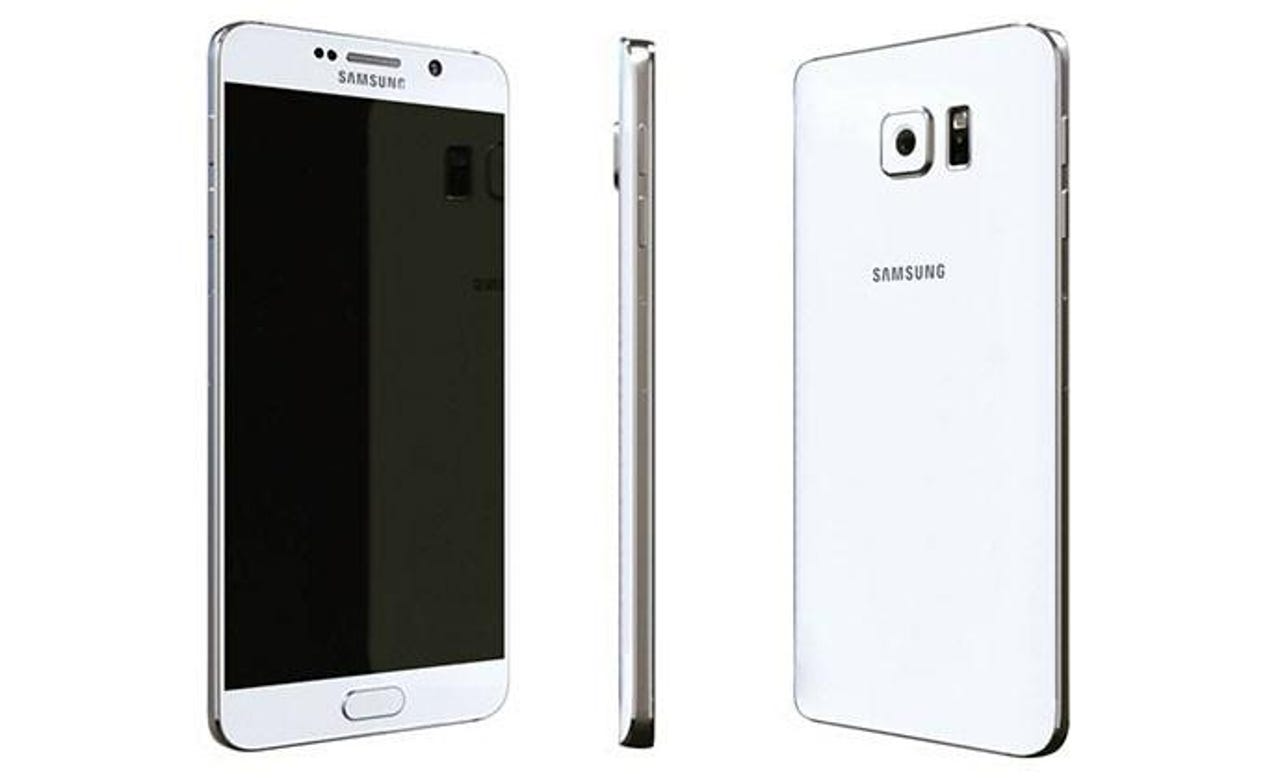Samsung Galaxy Note 5, S6 Edge+ pricing: A dangerous, confusing game

After weeks of buildup, Samsung introduced the Galaxy Note 5 and Galaxy S6 Edge+ on Thursday in an effort to gain sales before Apple's next iPhone models.
Aside from the slightly larger screen sizes, however, there's little different from the phones Samsung launched a few months ago. And those haven't set the world on fire for Samsung: In June, the company reported a profit drop of 8 percent year-over-year due to increased competition in the smartphone market.
matthew miller
Some of that competition is from Apple, of course. More of it will be coming from Motorola as early as September 3, when the $399 Moto X Pure Edition arrives. And there's a wide cast of other characters all vying for profits in the smartphone segment.
Samsung knows this and it also realized that its most recent phones -- the Galaxy S6 and S6 Edge -- might have been priced a bit too high. The company said it would be "adjusting the price" of those flagships, which it has already started to do in Europe. As a result, I was intensely interested in prices for the new Galaxy Note 5 and Galaxy S6 Edge+. I'm not sure the company has learned its lesson when it comes to pricing.
Samsung didn't disclose prices when introducing the pair of handsets on Thursday, but instead left that up to carriers, which is a standard procedure. Here's a sample of price announcements so far:
- $740: AT&T Galaxy Note 5 with 32 GB
- $840: AT&T Galaxy Note 5 with 64 GB
- $815: AT&T Galaxy S6 Edge+ with 32 GB
- $915: AT&T Galaxy S6 Edge+ with 64 GB
- $700: T-Mobile Galaxy Note 5 with 32 GB
- $780: T-Mobile Galaxy S6 Edge+ with 32 GB
Two thoughts come to mind here.
One, how will these handsets compete against a $399 off-contract Moto X Pure Edition that works with any U.S. carrier? No, the Moto X doesn't have a stylus or a curved screen used for notifications and such, but the price difference is immense to gain either of those features.
Second, has Samsung learned anything from Apple in the past eight years? A 64 GB iPhone 6 costs $750 off-contract while the larger -- and admittedly more comparable -- iPhone 6 Plus is $850 with the same 64 GB of storage.
Love it or hate it, you almost always know what the cost of an iPhone is because the prices don't change often. Instead you have two simple choices to make -- until last year, you really only had one -- what size screen do you want and how much internal storage do you need?
Apple has generally held prices constant for its phones while Samsung's have crept up, up, up. It's now more expensive to get a 64 GB Samsung flagship than a 64 GB iPhone from Apple. For some who value Samsung's S-Pen or curved side display, the premium is worth it. But for most people? I'm not convinced. Just look at the Galaxy S6 and S6 Edge sales as Exhibit A.
Even worse, Samsung removed two key differentiators it had prior with the iPhone: Gone are the microSD card slot and removable battery. Here's the problem with that, which is compounded by the pricing: There are a number of phone buyers that chose Samsung over Apple for one -- or both -- of those features.
samsung galaxy S8
That makes for Samsung playing a dangerous pricing game for the new Galaxy Note 5 and Galaxy S6 Edge+. The phones can cost more than an iPhone with the same storage capacity but now have two fewer features people want that the iPhone doesn't provide.
This (im)perfect storm may have been easier to deal with in the past, when contract subsidies hid the true cost of a handset. Now that the last big carrier in the U.S. is giving up on subsidized handsets, it's easier for consumers to see the actual price of a phone, even if they decide to lease their phone with monthly payments.
I'm wondering if Samsung's intent wasn't just to beat the next iPhone to market to build momentum, but to do so at high prices that temporarily protect profit margins. And when Apple releases its new phones, Samsung could do another "price adjustment" on the handsets to better compete on cost.
